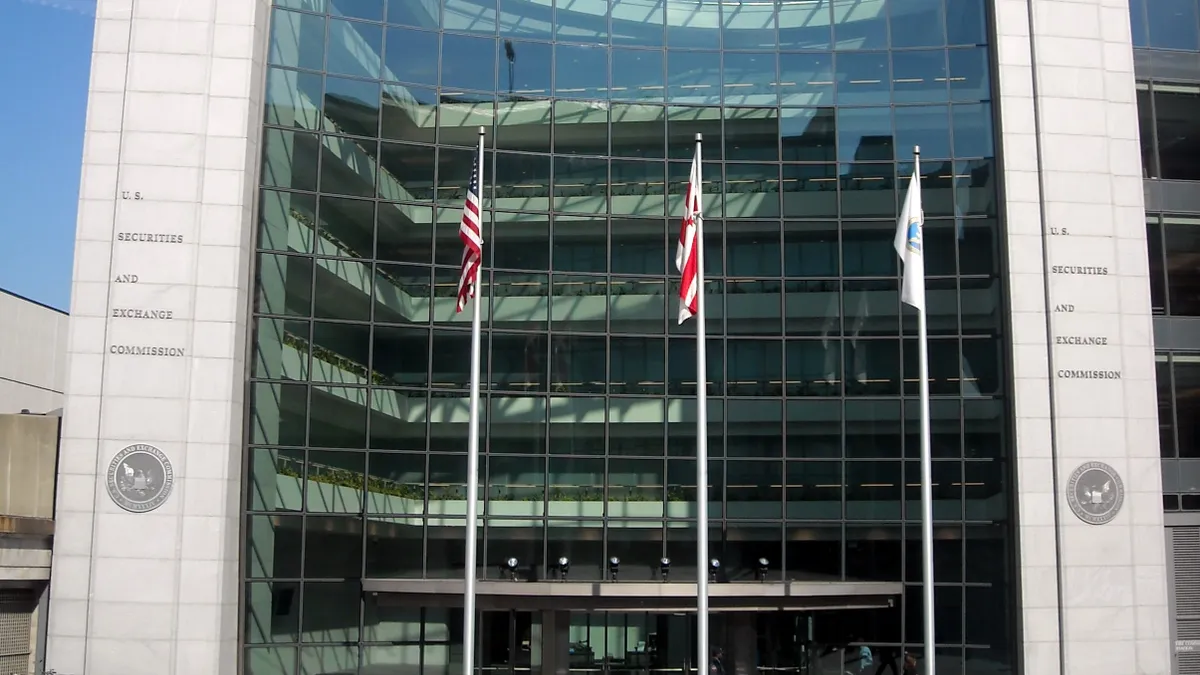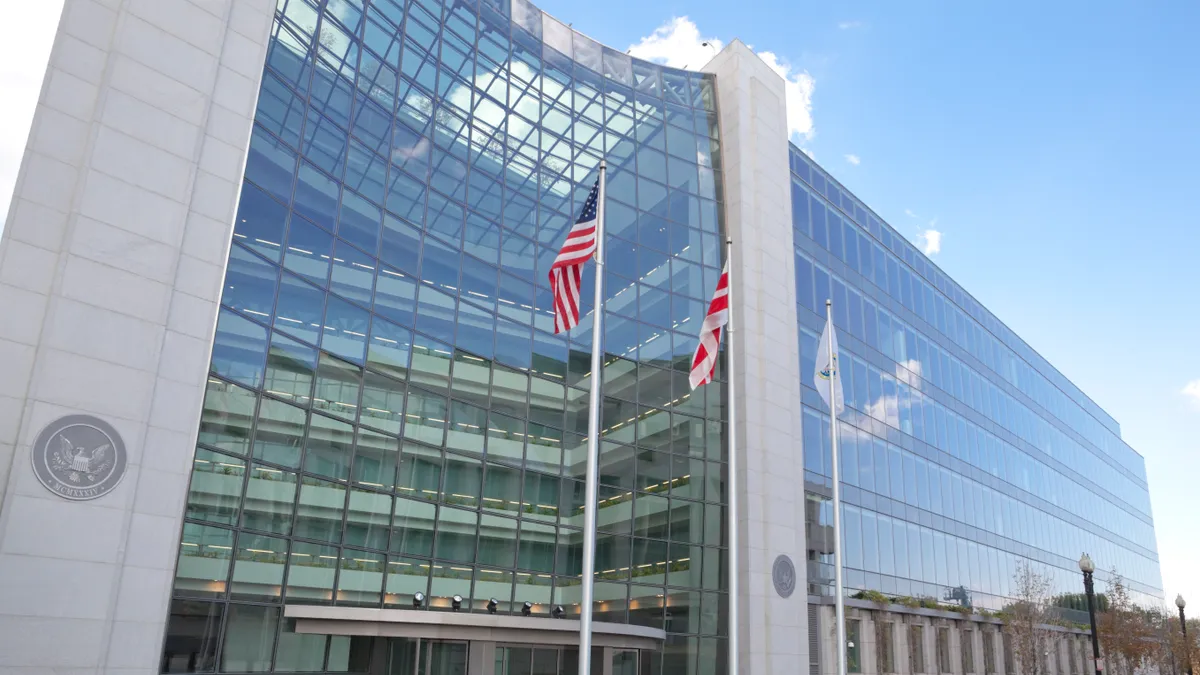Your willingness to file a motion to amend if your patent is being challenged is a way to signal to potential infringers that you plan to assert your claims going forward, patent specialists said in a Morrison Foerster webcast.
The America Invents Act in 2012 created a process for amending your patent claims if they’re being challenged but it’s expensive and time-consuming and you only have a roughly one in four chance of succeeding, the specialists said. But if you decide to throw your resources behind the effort and succeed, you can effectively create what Shouvik Biswas, a patent attorney with Morrison Foerster, calls a super patent – a patent that’s been so thoroughly vetted that any company challenging it would face a daunting prospect of invalidating it.
“If claims get through, it creates a super patent that has the blessing of the U.S. Patent and Trademark Office (USPTO),” Biswas said in the webcast. “In many respects, it’s harder to invalidate later.”
Business issues
Whether you should try to amend your claims if their validity is under challenge is both a business and a strategic decision, the specialists said.
On the business side, it’s about money and resources.
Given the expense and time it takes to get through the amendment process, you have to decide if the claims you come out with on the other side are valuable enough to warrant the undertaking. That means looking at, among other things, how much time you have left on the patent. If it’s relatively old and nearing the end of its term, the value you get by asserting your claims going forward might not justify the effort, but if it’s relatively new, you could be able to assert your claims for years, especially if you're confident you have strong claims after amending the patent.
“Is your patent going to be enforced for years to come where you can contemplate damages going forward?” said Fahd Patel, a patent attorney with Morrison Foerster.
Part of your calculation should include the scope of damages that are possible if a company is found infringing on your patent. Cases will differ, but generally, if the intervening rights found in the case are considered absolute, the infringer might only be liable for infringement after reissue of the amended claims. If the intervening rights are found to be equitable, it’s possible the infringer could avoid liability both before and after reissue.
In a key 2021 case, John Bean vs. Morris, John Bean Technologies, the patent holder, took no action after Morris & Associates sent a 2002 letter to the company challenging the validity of its claims, which had to do with poultry cooler technology. Some 11 years later, John Bean amended its claims and then went after Morris as an infringer on the basis of its newly strengthened patent. The court found John Bean had waited too long and said as a matter of equity Morris could continue to infringe.
“The court inferred the length of time was in bad faith,” said Patel, and that “the defendant spent a lot of money investing in this technology to create this product that was infringing. So, the court as a matter of equity decided it could continue to infringe even after the new claims came out.”
Strategic issues
The strategic side of whether to pursue a motion to amend hinges in large part on the strength of the technical arguments of your clams.
A lot goes into the calculation, but generally it involves how well you can show your claims aren’t simply a repackaging of what patent specialists call prior art – the publicly available information that forms the backdrop to the patent.
Jess Marks, a senior patent counsel at Unified Patents whose work centers on keeping zones of technology clear of what her company’s members believe are unwarranted patent claims, said she looks for matches between language used in the claims and prior art.
“Even if the prior art doesn’t invalidate the entire breadth of the claims, any amendments they would have to make will protect the products that are being accused,” she said, meaning her members wouldn’t be found to be infringing because their use would fall within the prior art under the amended claims.
Other technical arguments in defense of patent claims include the strength of their references to previous patents, how well their claims are mapped to those references and how well they stand up to more basic challenges – that is, the grounds on which the patents are based, which includes whether they’re obvious or overly abstract or have other weaknesses of that nature.
“I prefer to go after the main claim with two different grounds, two different base references, rather than maybe hit every single claim in the patent,” said Marks. “Some of the dependent claims aren’t important; no one’s ever going to infringe them, so it doesn’t really behoove me to invalidate an entire patent. It may be better for me to protect those zones of technology by making sure the claims that are valuable are attacked multiple ways and can’t be amended around.”
Daunting odds
If you decide to pursue a motion to amend after a challenge to your claims, expect a tough road ahead. Between fiscal years 2013 and 2020, only 505 motions to amend were filed, and of these, only 335 went all the way through the process. Of those, 86% were denied, meaning the patent holder couldn’t amend their claims. Of the remainder that survived, 5% were granted only in part, leaving just 8% that had their full motion to amend approved – the so-called super patents.
There are signs the process is becoming more forgiving.
In 2017, a key court decision, Aqua vs. Matal, said the Patent Trial and Appeal Board (PTAB), the division within the USPTO that decides motions to amend, can’t put the burden of proving the patentability of amended claims on the patent holder. And then in 2019, PTAB created a preliminary review process that lets patent holders run their motion to amend by the board to get a sense of how well their argument holds up.
The easier process shows up in both an increase in filings and a higher rate of success.
In 2017, only 35 motions to amend went to final decision. That rose to 53 in 2018 and 73 in 2019, and the success rate rose from 21%, or just over one in five, to 26%, or just over one in four.

“It used to be that people rarely availed themselves [of motions to amend],” said Biswas, “because they felt it was pointless, and I think USPTO is making a concerted effort to dispel that myth. So, they’re taking these things more seriously and we see an increase in the grant rate.”



















